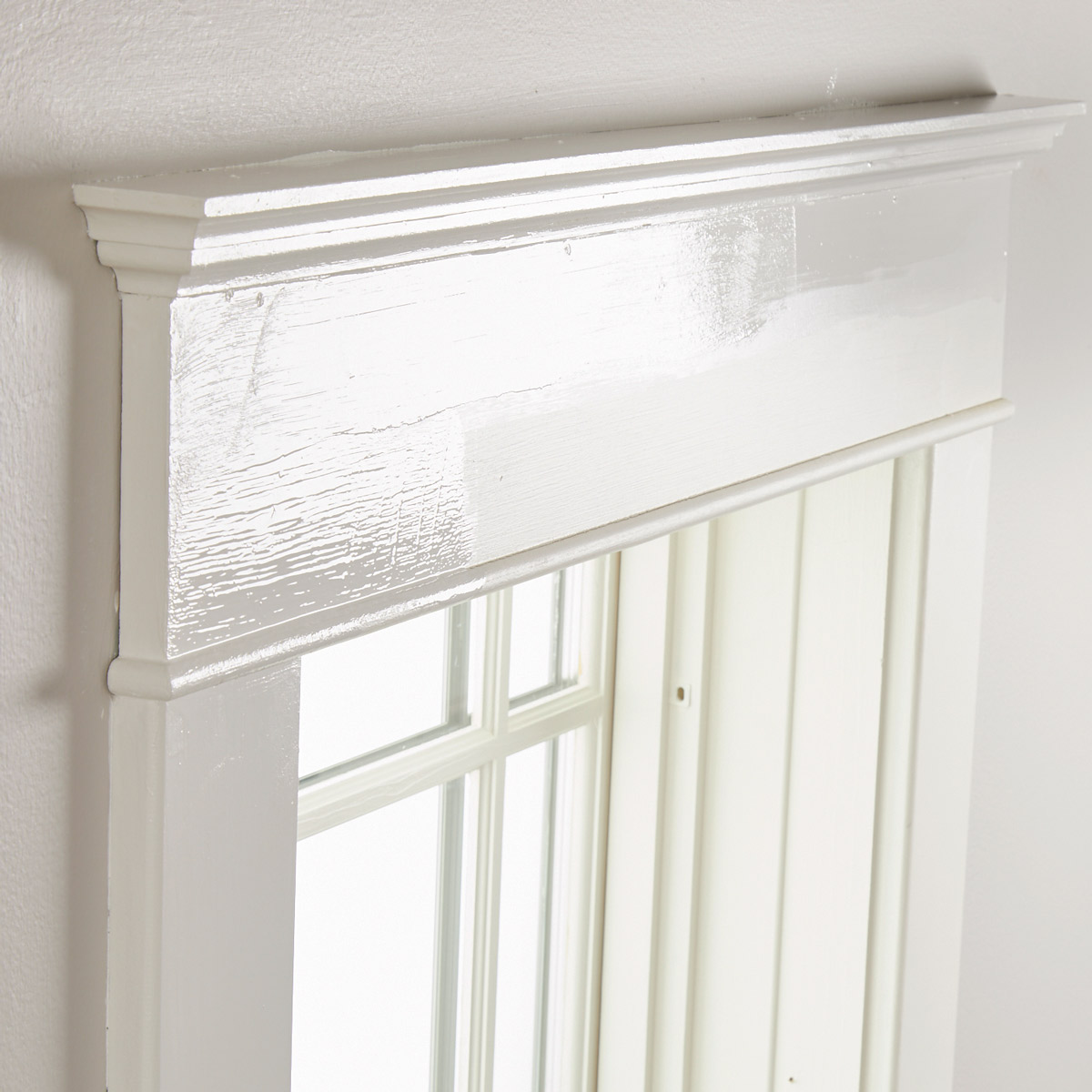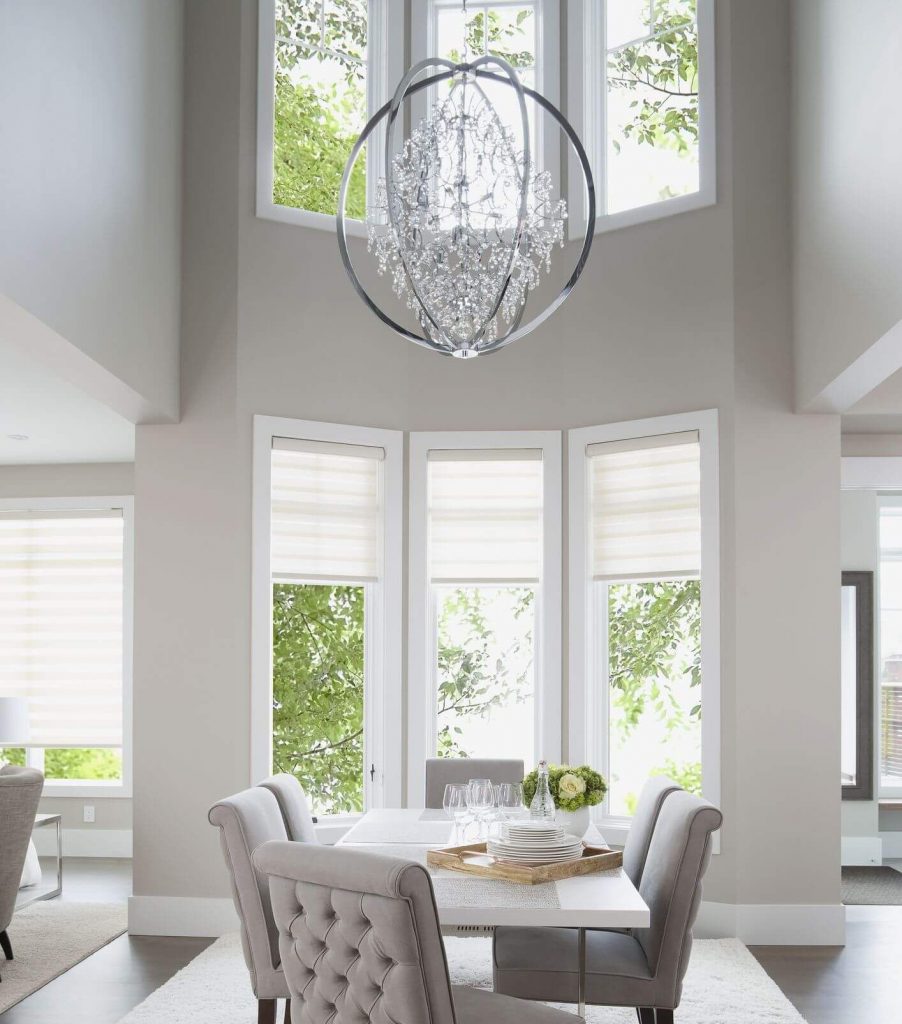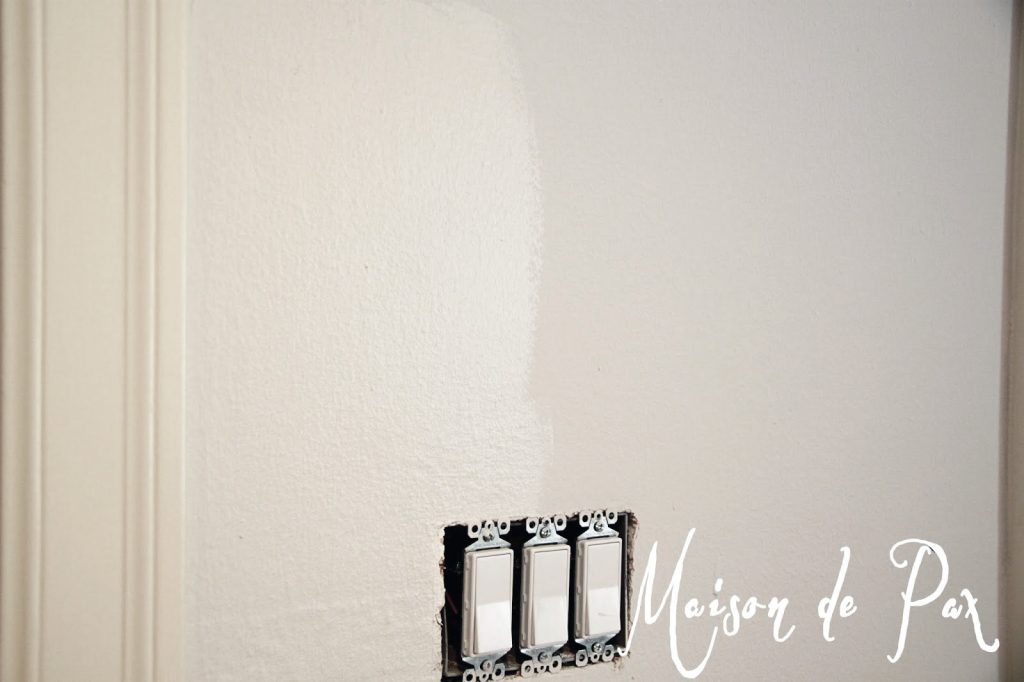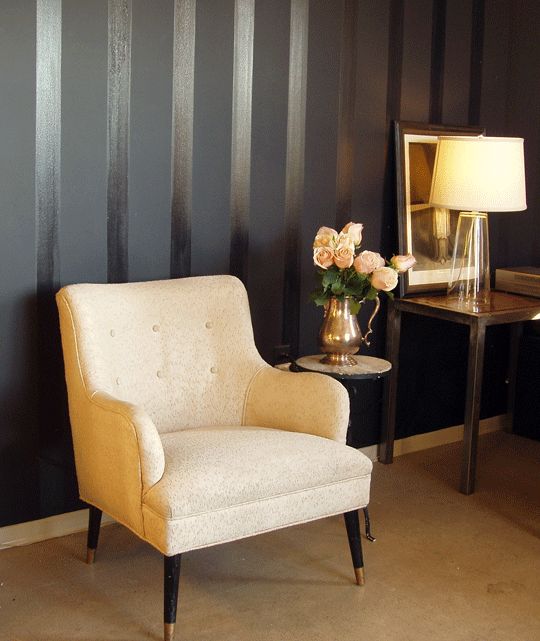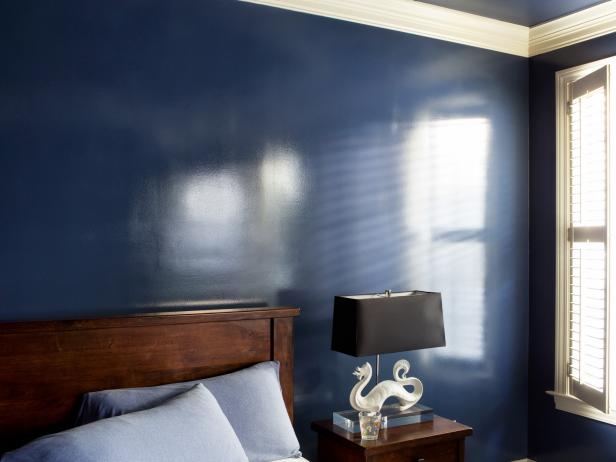[featured image source: familyhandyman.com]
So you have been picking paint colors for rooms in your home, but you’re not sure what kind of paint finish to use? Flat? Gloss? How do they look, and what is going to last? Let’s break these down and talk about the pros and cons of each finish and how to figure out what’s best for you.
Paint varies from no gloss or shine all the way up to high-gloss or very shiny in appearance. The more glossy paint is the more resin it has in its formula, which also means it has less pigment. Paint also, then, has more pigment in it the less resin or shine it has.
Less shiny paint is easier to apply. With some paint, if you want to paint over a scuff on your wall with the same paint already on the wall, the touch-up spot will show even after it has dried. This problem is called flashing, and paint that has less gloss will flash less after touch-ups. Similarly, less glossy paint also hides imperfections in your wall so that nicks and unevenness are not obvious. The higher pigment in non-glossy paint means that fewer coats need to be used to cover a wall. The lack of resin also means that it is cheaper, but not as durable.
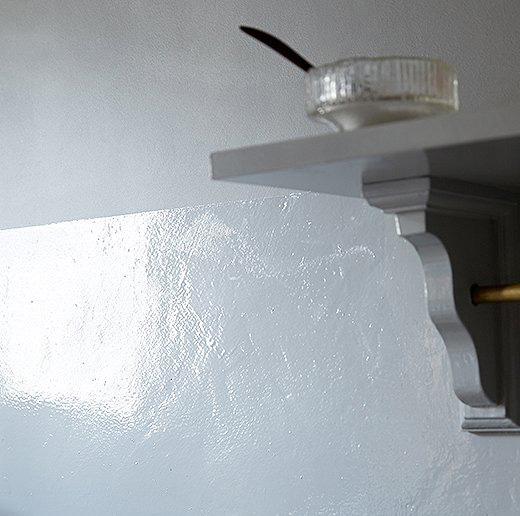
above photo source: onekingslane.com
While paint with a glossy finish is more durable because of its resin, it will cause light to reflect off any imperfections in your walls making them more apparent. But if you have a textured wall you want to show off, a higher resin paint may be just the thing. It is also more expensive and will need more coats to make up for having less pigment.
Also, if you are using a dark, rich color, this will have more sheen than a lighter color, and so you can buy a less glossy paint and still end up with a fairly shiny wall. Keep this in mind when thinking about your home. Which paint you choose is going to depend on your paint job and what kind of look and upkeep you want.
Now that we understand the basics, let’s look at each finish individually!
Flat Or Matte
Flat paint has no shine and a velvety-looking finish. Of all the paint types, it will best hide imperfections on the walls, but it is also the hardest to clean. It does not stand up well to being washed but it is the cheapest and takes very few coats to cover the wall properly. Because of this, it’s mostly used in areas of the home that have fewer people moving around in them everyday like bedrooms or the dining room. This paint can be used to do touch-ups later on without flashing and it is easiest to hide brush strokes with this paint. Perfect if you like to DIY!
above photo source: freshome.com
Eggshell
Eggshell paint has just a little more sheen than flat paint. This paint is very versatile as it will still not show cracks or bumps in your walls as well as a glossier paint, but it is more easily washed than the flat paint. Eggshell paint can be wiped down with a wet rag when it is dirty and it is more resistant to scuffs to begin with. This paint is often used in areas of medium traffic such as hallways or entryways, but some people do like to use eggshell paint everywhere in their home for a more subtle look than satin, but with some of the washability.
You can get an idea of flat vs. eggshell in the picture below.
above photo source: maisondepax.com
Satin
Satin is going to have more of a sheen than eggshell. This paint will last very well and is resistant to mildew even with regular washing. It is frequently used in kitchens, bathrooms, and playrooms for that purpose. This is one of the most popular finishes, but it will show imperfections in your walls so you might need to be careful where you use this paint. It is also difficult to paint on smoothly without showing brush strokes, and touch-ups would require painting a whole wall to avoid flashing. If you are interested in painting or doing touch-ups yourself, this would be a trickier finish to pull off.
Semi-Gloss
Semi-gloss paint adds a noticeable luster that is easier than satin to apply without brush strokes showing. White paint appears even brighter with a semi-gloss finish. This paint is yet more durable than satin and is great in places where there is a lot of moisture like the bathrooms or the kitchen or anywhere you anticipate needing to clean frequently. Semi-gloss is especially common on trim, doors, or furniture because of its durability and the way it sets these things apart from the wall by its sheen. However, as we have already warned you, because of the higher amount of gloss, imperfections on the wall will be obvious, but a purposely textured wall will look great with semi-gloss.
Here’s how a contrast between flat and semi-gloss would look below. Two contrasting finishes like these can be used to create decorative walls.
above photo source: apartmenttherapy.com
Gloss or High-Gloss
This is the glossiest paint which also means that it is the most durable and will need the most coats of paint and the longest amount of time to dry as well. This paint is not all that common on interior walls because of how much shine it has, and how much it does reveal every little unevenness in your walls. But it can be great if you are wanting to show off a textured wall, or are looking for a more formal look or want to use it on your cabinets, trim, or furniture so they stand out. This paint is also used on the exterior of the house to show off doors or shutters.
above photo source: www.hgtv.com
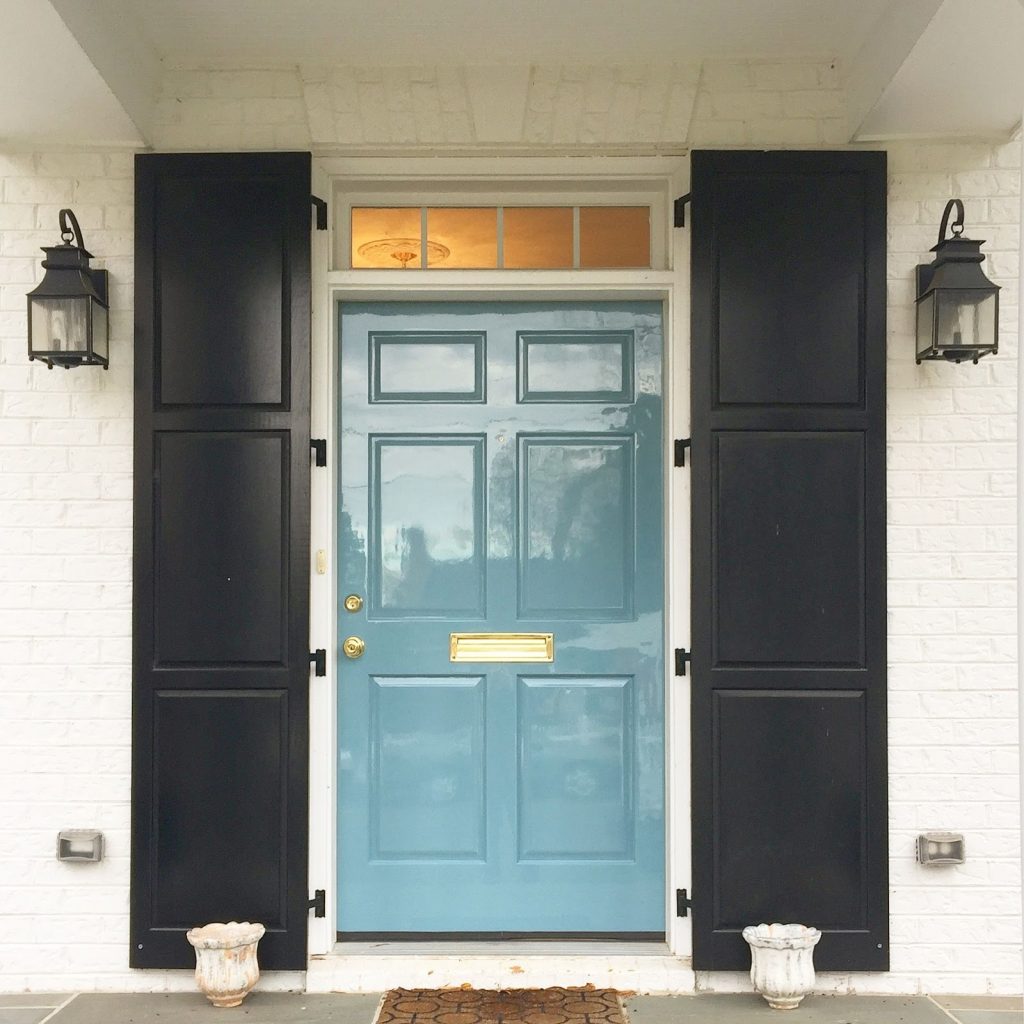
above photo source: thehousethatsocialmediabuilt.com
